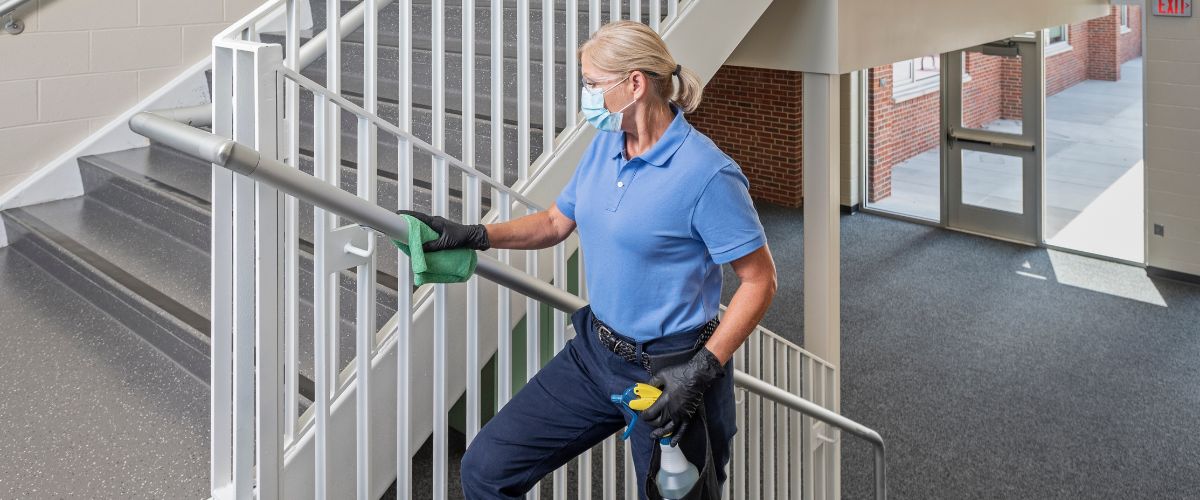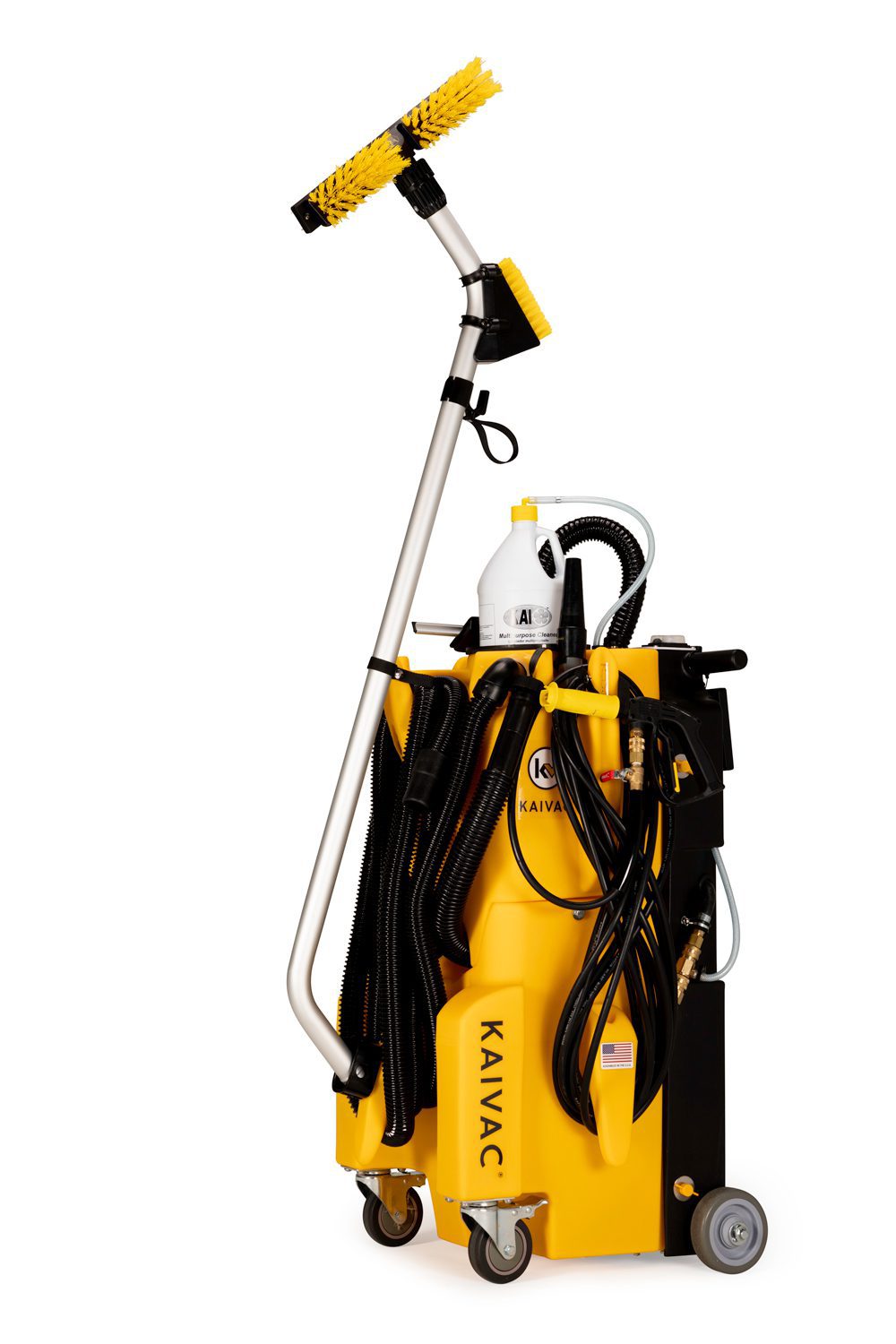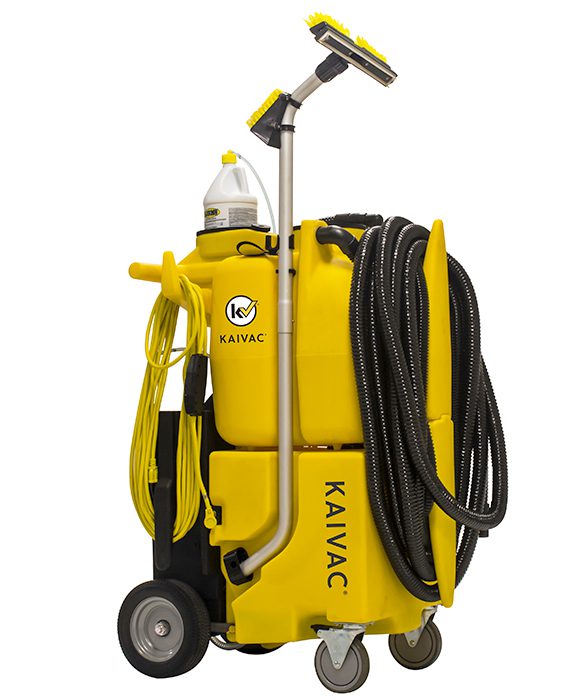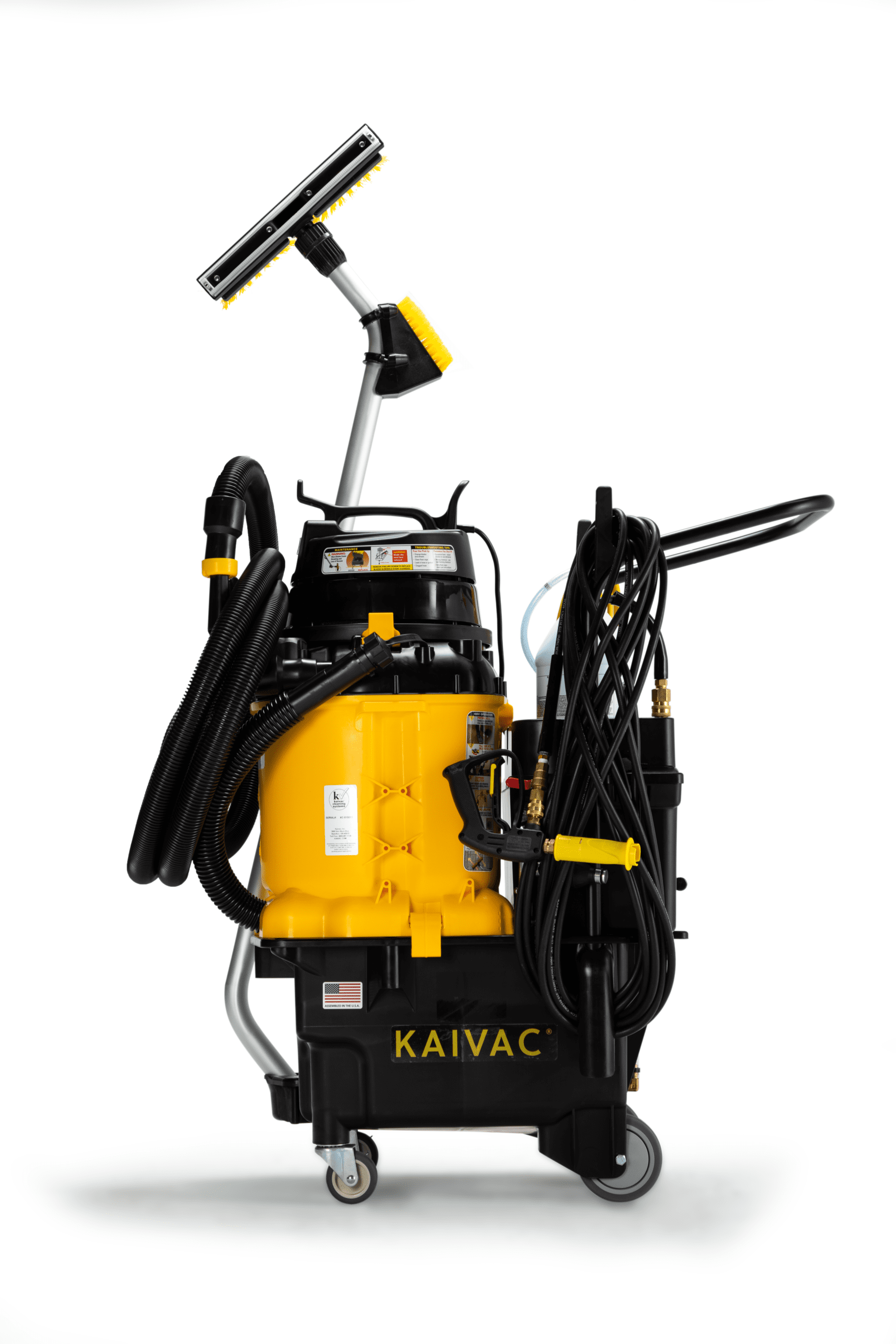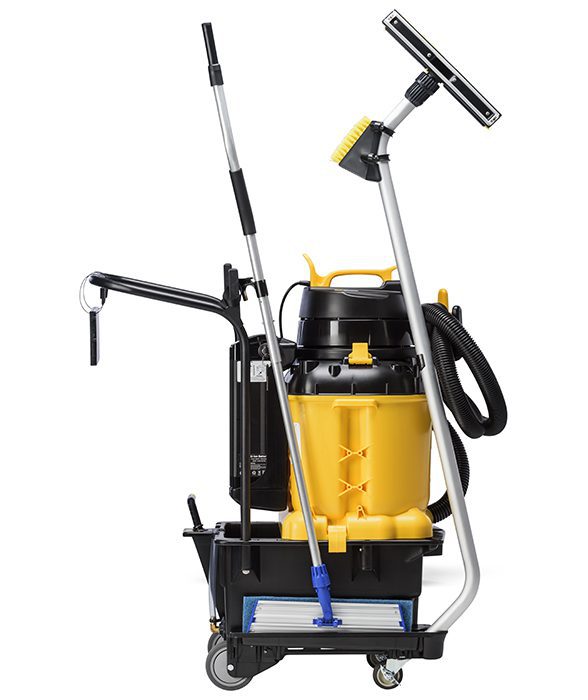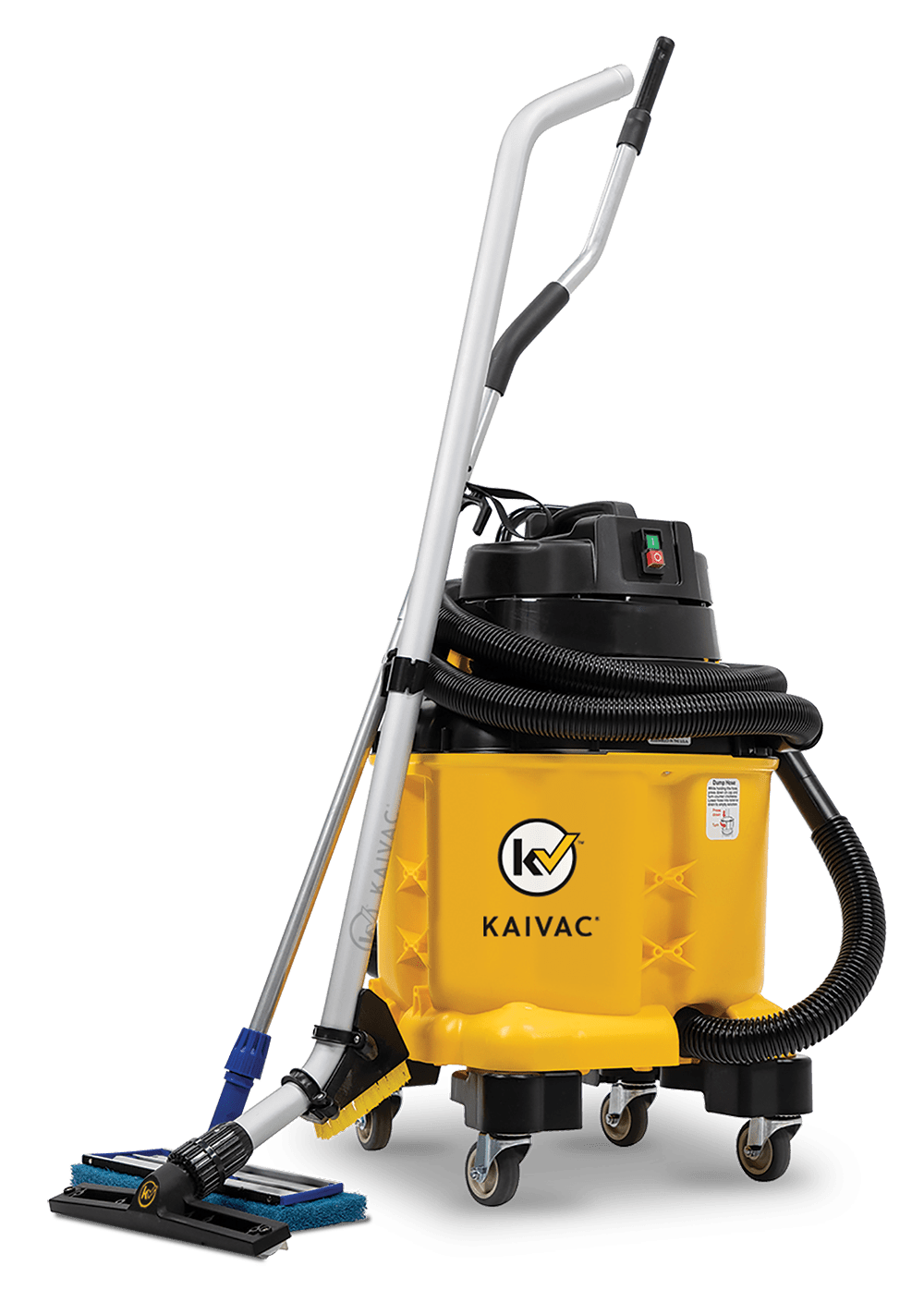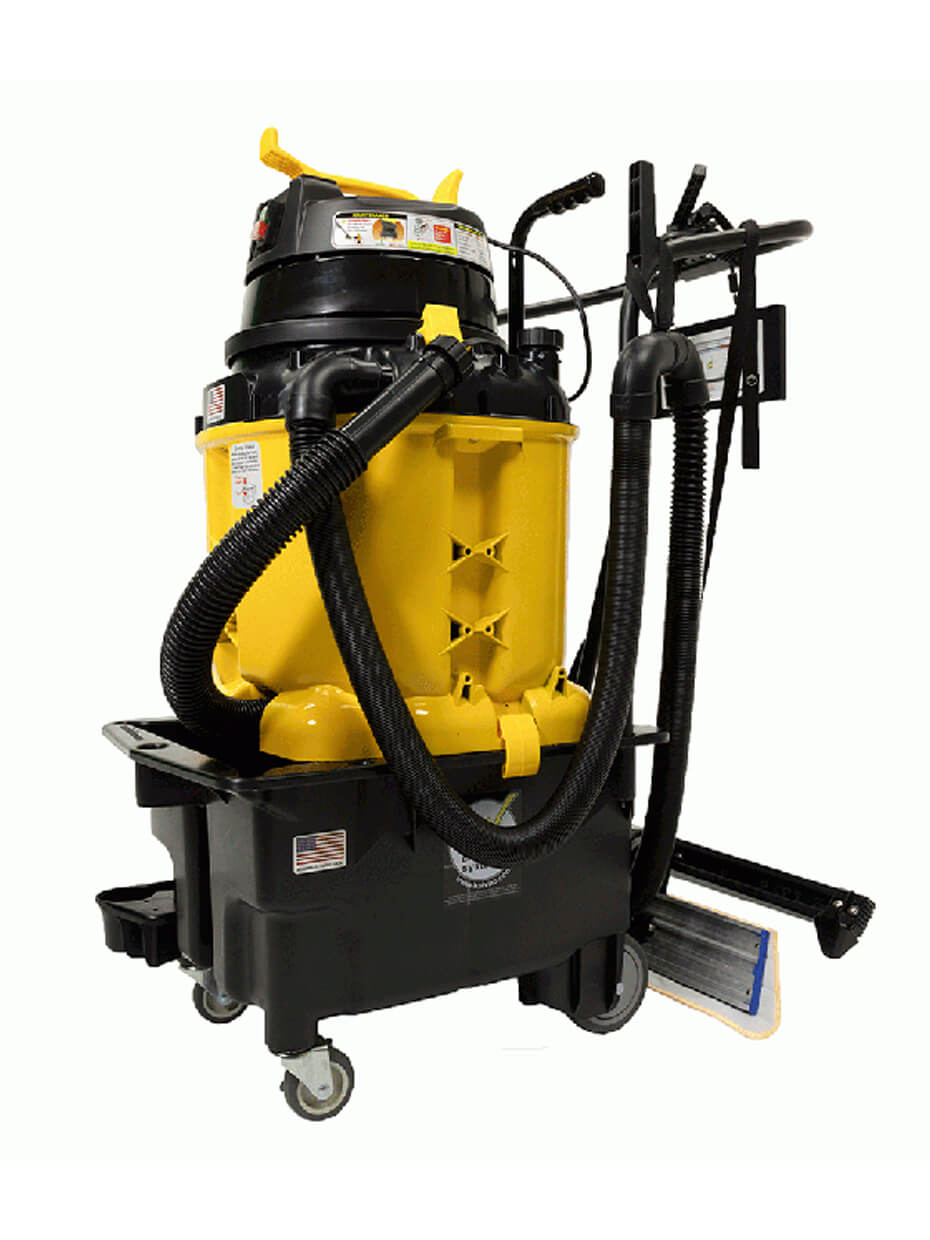The science behind microfiber cleaning cloths is amazing. Thanks to a combination of physics and modern manufacturing these cool little cloths can suck up and hold on to dirt, grime, and even microscopic bacteria. They work without any water or chemical, are inexpensive, long lasting, and really help cleaning crews get the job done.
If they are used correctly.
To get the desired results microfiber cleaning cloths must be properly used and laundered. Get the process wrong and your staff could accidently create a dangerous cross-contamination nightmare. Here’s a look at the science behind microfiber cleaning cloths along with how to correctly use and care for these cleaning powerhouses.
How Microfiber Works
Invented in the 1950s, microfiber cleaning cloths are created from synthetic materials like polyester and nylon. The materials are heated, forced through a small pipe in a process called extruding, and then split into tiny widths of between five to three microns. Some manufacturers go even smaller, creating fibers a mere .33 microns across.
The tiny fibers suck up and hold onto microscopic bits of dirt, soil, and bacteria using adhesive van der Waals forces. (These same, sticky forces allow geckos—with millions of microscopic hairs on the bottom of their feet—to scramble up walls and walk across ceilings.) A single microfiber has just a bit of this force, but a cloth with millions of fibers working together creates a powerful cleaning tool.
Microfiber cleaning cloths are so efficient at attracting and holding dirt that they work without additional water or cleaning chemical. “…extremely fine (.37 micrometer diameter) microfiber was both laboratory and clinically tested and proven to remove up to 98 percent of bacteria and 93 percent of viruses from a surface using only water (no chemicals),” according to this article in Infection Control Today. “In comparison, traditional cotton fibers have been shown to only remove 30 percent of the bacteria and 23 percent of the viruses from a contaminated environmental surface.”
The material also absorbs much more liquid than cotton, sucking up to seven times its weight in water. Another bonus, they are lint free making them perfect for use on glass, mirrors, and electronics.
Be advised. Microfiber excels at picking up soils bigger than itself but will leave smaller soils on the surface. That mean average cloths, with fibers three to five microns across, can easily attract and hold on to hair, pollen grains, and even large bacteria and C. diff spores. But they will miss most viruses. Even better cloths with the tiniest fibers will still miss smaller viruses.
When disinfecting use an EPA-registered disinfectant to first kill viruses before wiping with a microfiber cleaning cloth.
The Do’s and Don’ts of Microfiber Cleaning Cloths
As amazing as they are, the science behind microfiber cleaning cloths is just half the story. Use these tools incorrectly or launder carelessly and these tools become less effective or ruined outright.
Here’s how to get them most out of your microfiber cleaning cloths.
- Use one section of a cloth at a time to avoid cross contamination.
- Invest in color-coded microfiber to avoid cross contamination between areas (for example: red for restrooms).
- Use a dry microfiber towel for dusting and light cleaning.
- Use water or chemical if necessary, but spray the surface, not the towel.
- Wash microfiber after each use.
Most of the don’ts around microfiber have to do with its care. Here are things to avoid when caring for your tools.
- Never wash microfiber with other fabrics as the material will attract dirt and lint
- Do not use fabric softener as the oils will clog the fibers making them less effective
- Avoid bleach as it will shorten the product’s lifespan
- Do not dry on hot as that may melt the fibers so they no longer attract dirt
The science is clear. Microfiber cleaning cloths make great tools for any custodian’s arsenal if proper training is in place. Find out more about microfiber products here.
